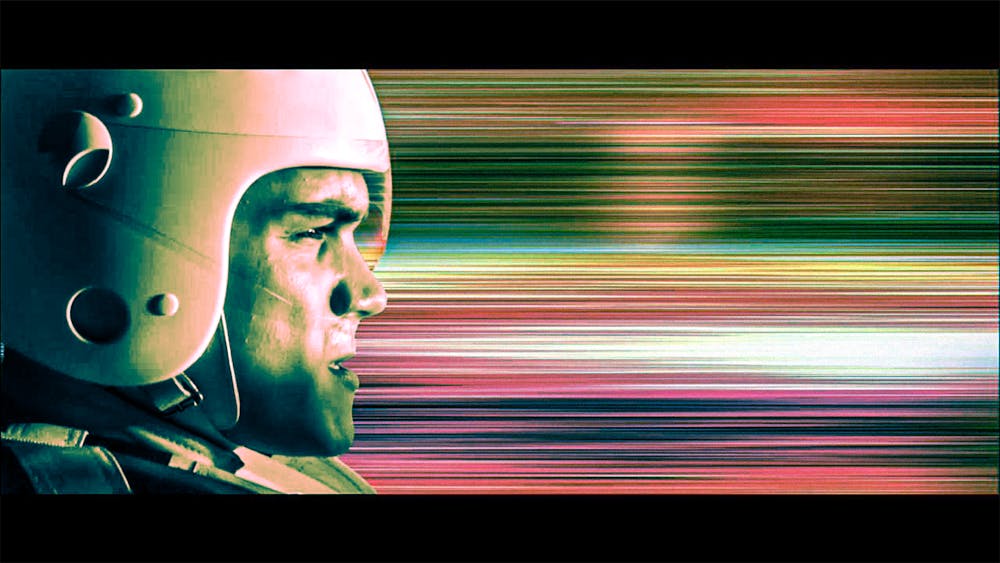The term “cult classic” can very easily be understood by breaking it up into its two constituent words: Cult and classic. Cult means that a given piece of culture only appeals to a certain group, and that these devotees rarely make up more than a small subset of the overall population. But classic means that for these dedicated few, the piece of culture occupies a very special place.
The 2008 film Speed Racer is an excellent example of this phenomenon. Upon its release, it was a massive box office bomb, grossing only $93 million worldwide despite a budget of around $120 million. Beyond that, the movie was panned by most critics, ultimately receiving a lackluster 42% on Rotten Tomatoes. The film was criticized for both its confusing and over–complicated plot structure and “headache–inducing special effects.”
This all shows that for most people, Speed Racer doesn’t do the trick. And that’s totally fine; film is subjective, and everyone has some opinions that don’t stack up. But for those in the in–group, Speed Racer is an incredibly underrated piece of art that deserves more than its fair share of re-evaluation.
Cult classics often develop outside of the mainstream world of film critics and the general theatergoing public. Instead, Speed Racer found success—and an audience—on home video and other alternative channels, as new groups of people found the film fun and worth watching. Indeed, being panned by the mainstream is what could make movies like Speed Racer appealing. Not only does a poor critical reception activate people’s desire to be contrarions, but certain qualities of movies—such as unique portrayals of underrepresented groups like in several Cheech and Chong films—make it seem simultaneously undesirable to the masses and interesting to a select group.
Starting with the plot, Speed Racer tells the story of a young man—named Speed Racer—who dreams of being a race car driver. After his brother Rex dies in a racing accident, Speed starts racing, and proves incredibly successful. This earns him an offer from one of the largest teams, which Speed rejects to stay with his family’s independent team. This angers their CEO, who vows to take vengeance on Speed, forcing him to crash out of several races. To overcome the CEO’s challenges and restore his family’s legacy, Speed must have the best race of his life in the all–important Grand Prix.
If this synopsis sounds confusing, that’s because it kind of is. A lot happens in Speed Racer, and it’s hard to sum up in just a paragraph, with entire subplots which were entirely neglected. But amongst that confusion, there are plenty of elements with fun and funny merit. It’s easy to begin with the title character’s name, but there’s a lot more, including the comical speeds the racers can reach, a cross–country race’s eerie similarities to Star Wars’ podracing, and the relationship between Speed and his girlfriend Trixie.
These gaps in the story prevent Speed Racer from being a great movie, but they can’t stop it from being fun. Much of this comes from Speed Racer’s numerous action sequences, which largely take place during the races Speed competes in. Here, everything currently known about physics and modern racing goes out the window; cars race at impossibly high speeds around incredibly complex three–dimensional tracks that include loops, hairpin turns, and many other obstacles. It’s all incredibly janky and there’s a total lack of realism, but that’s exactly what makes it what it is. This factor is exactly what makes it look cool because it keeps Speed Racer out of the uncanny valley while showing its characters in the best possible light.
And it does look cool, but also in a way very contrary to what is traditionally thought of in visual effects these days. There’s almost no motion blur, and the explosions do not look very realistic. The visuals are much more reminiscent of things like Spy Kids than most modern action movies. But the film’s numerous action scenes look consistent, and somewhere in its fantastical, unrealistic realism, there’s beauty to be found. Despite not being true to physics, the action appears similar to how a child playing with action figures would imagine it, perhaps adding to Speed Racer’s appeals as a campy ode to childhood nostalgia.
In conclusion, is Speed Racer good, by most objective metrics? Not really. The film is a bit long, some performances are off, and the visual effects don’t hold up for a movie released just a year before Avatar. But is it totally awesome and kick–ass? Hell yeah.







